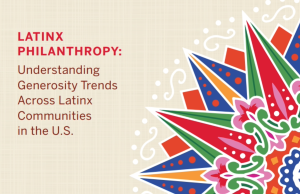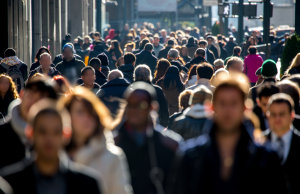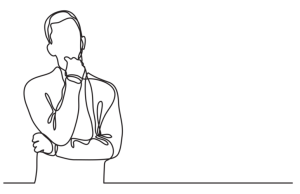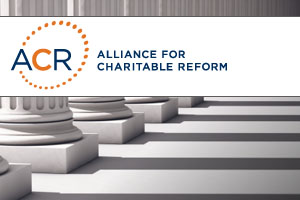Almost $12 billion was awarded for COVID-19 relief globally during the first half of 2020, according to a new report from the Center on Disaster Philanthropy (CDP).
The giving in response to COVID-19 is nearly 13 times the collective $974 million in funding to recent disasters over a period of the first six months, dating back to the 2014 Ebola outbreak in West Africa and including $342 million toward Hurricane Harvey.
“Within this report, the Center for Disaster Philanthropy and Candid attempt to recognize the immense role that philanthropy plays in disasters, specifically, the COVID-19 pandemic,” President and CEO Patricia McIlreavy wrote in the foreword to the 20-page report, “Philanthropy and COVID-19 in the first half of 2020.” CDP and Candid plan to release a follow-up report in February.
“Proportionately little institutional funding was explicitly designated for specific populations and vulnerable communities,” according to the report’s authors. “It is well known that access to life-giving and life-saving services are lacking in the lowest-income communities. In the United States, Black, Indigenous, and People of Color (BIPOC) communities are disproportionally suffering and dying from COVID-19,” McIlreavy wrote. “Yet, as this report shows, BIPOC-led or even BIPOC-serving organizations continued to be underfunded. This trend must be reversed.”
The report breaks down institutional giving to specified recipients or explicitly identified communities or organizations serving specific communities:
- 5 percent of dollars and 12 percent of awards identified communities of color or people of color-serving recipient organizations;
- 3 percent to women and girls, or organizations serving them;
- 2 percent to immigrants and refugees, or organizations addressing their needs.
- 2 percent for older adults; and,
- 1 percent for people with disabilities, including those with “psychosocial disabilities.”
Corporations accounted for almost two-thirds of the $11.9 billion in funding. Community foundations awarded more grants than any other grantmaker type, nearly half of the total awards.
Gifts by high-net-worth individuals accounted for at least $1.6 billion — a combined $452.9 million was donated to COVID-19 response via the largest commercial donor-advised funds (Fidelity Charitable, Schwab Charitable and Vanguard Charitable).
Foundation and funders have committed to unrestricted grants, increasing payouts and even borrowing to increase giving. To date, more than 775 U.S.-based and international foundations have committed to flexible funding in response to COVID-19, signing the Council on Foundations’ COVID-19 pledge to loosen restrictions on current grants and make new grants as unrestricted as possible, among other things.
The Wallace Global Fund will spend 20 percent of its $100 million endowment in 2020 while the Skoll Foundation is expecting to quadruple its payout through a $100-million gift from its founder. The Ford Foundation will sell $1 billion in taxable social bonds as it, along with four other foundations, plans to increase combined giving more than $1.7 billion over the next three years.
Corporate foundations accounted for 14 percent, or $1.1 billion, of all corporate funding for COVID-19, with the rest coming from direct giving programs or attributed to corporations themselves. The largest single corporate gift was $340 million from Google.org for Google Ads credits to small medium-sized businesses in response to COVID-19.
The Seattle Foundation was the first community foundation to create a COVID-19 response fund after Washington was the first state to report a case in the U.S. So far, 861 COVID-19 response funds have been created with two of every three created by community foundations.
The report concludes with how to make COVID-19 funding more effective, including:
- Provide unrestricted support
- Expand existing giving
- Support local nonprofits and knowledge, in the U.S. and internationally, that focus on communities of color and vulnerable populations
- Give to funds;
- Partner with other funders; and,
- Fund land trusts.
Although not a complete picture of the global philanthropic response, due to the ever-changing response to the pandemic, the report offers some insight into “funding flows” so far.











